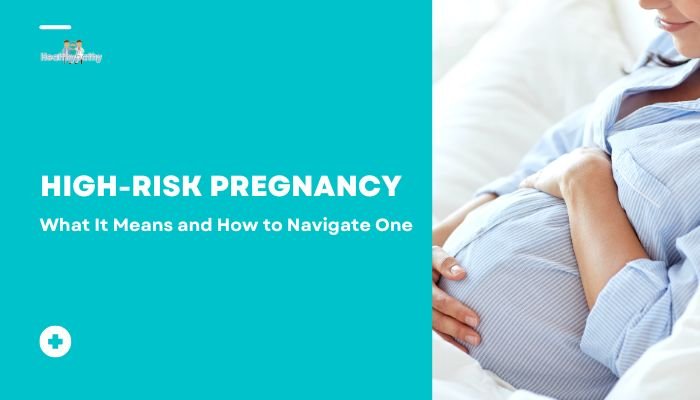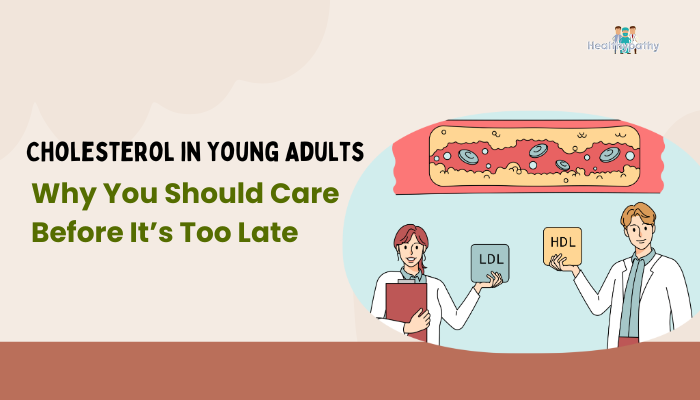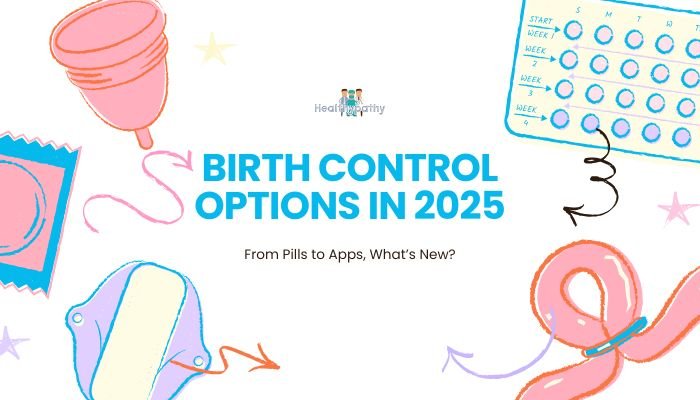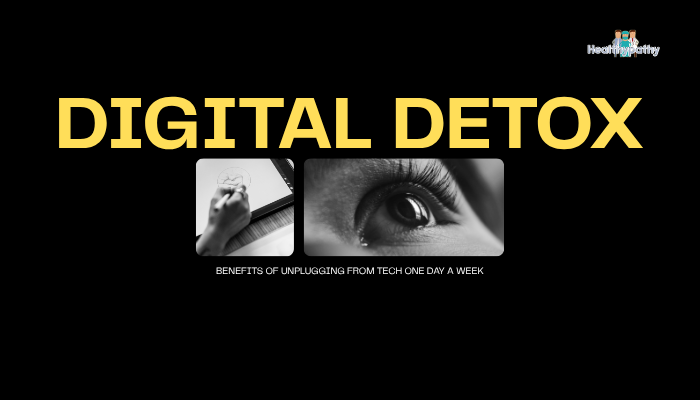Introduction
While many pregnancies progress without major concerns, certain health conditions, age factors, or complications can categorize a pregnancy as high-risk. This means there’s an elevated chance of complications that could affect the mother’s or baby’s health. Yet, a high-risk label isn’t a guarantee of problems—it simply ensures closer monitoring and specialized care. By understanding what triggers this classification and preparing accordingly, expectant mothers can safeguard their well-being and their child’s development. This article outlines the main causes of high-risk pregnancy, discusses potential testing and care strategies, and offers guidance on managing the journey effectively.
Defining High-Risk Pregnancy
A high-risk pregnancy is one where the mother, fetus, or both face an increased chance of health complications. Physicians may assign this classification due to preexisting maternal conditions, complications discovered during pregnancy, or issues with the fetus. Early and regular prenatal visits are vital; specialized monitoring helps detect warning signs and plan timely interventions.
Factors That Contribute to High-Risk Pregnancy
Maternal Age
- Teen Pregnancies: Women under 17 face more risks, including lower birth weight or premature birth.
- Advanced Maternal Age (Over 35): Increased odds of chromosomal abnormalities, gestational diabetes, and hypertension.
Preexisting Health Conditions
- Hypertension or Heart Disease: Elevates the risk of preeclampsia or other complications.
- Diabetes (Type 1 or 2): Requires careful glucose management to avoid fetal growth issues.
- Autoimmune Disorders (e.g., lupus): Immune system changes can impact both maternal and fetal health.
- Thyroid Problems: Over- or underactive thyroid can complicate fetal development if not well controlled.
Lifestyle-Related Factors
- Smoking or Substance Use: Increases risk of premature birth, low birth weight, and placental problems.
- Inadequate Nutrition or Obesity: Either extreme can worsen complications like gestational diabetes or fetal growth restrictions.
- Stress and Lack of Prenatal Care: Can indirectly shape outcomes, though not always considered a direct cause.
Issues Arising During Pregnancy
- Gestational Diabetes or Hypertension: Conditions that surface after conception can shift a pregnancy into high-risk status.
- Multiple Gestation (Twins, Triplets): Higher chance of preterm birth, nutritional demands, and complications such as preeclampsia.
- Placental Problems (Placenta Previa, Abruption): Can lead to bleeding or fetal distress if left unaddressed.
Common Concerns and Possible Complications
- Preterm Labor: Early contractions leading to delivery before 37 weeks.
- Fetal Growth Restriction: The baby grows slower than normal, potentially needing early delivery.
- Preeclampsia/Eclampsia: High blood pressure and organ dysfunction, in severe cases causing seizures.
- Birth Defects or Genetic Conditions: May require specialized neonatal care immediately after delivery.
Navigating a High-Risk Pregnancy
Enhanced Prenatal Care
Women with high-risk pregnancies often undergo more frequent prenatal visits and specialized monitoring, including:
- Ultrasounds: Checking fetal growth, amniotic fluid levels, or blood flow in placental vessels.
- Nonstress Tests or Biophysical Profiles: Evaluating fetal heart rate patterns and movement.
- Lab Tests: Monitoring blood pressure, glucose levels, organ function, and potential infection markers.
Specialist Involvement
Maternal-Fetal Medicine (MFM) specialists focus on high-risk pregnancies, working alongside your obstetrician. In some cases, they coordinate with cardiologists, endocrinologists, or other specialists managing preexisting conditions.
Potential Treatments and Procedures
- Medication Adjustments: For controlling blood pressure, glucose, or autoimmune flares during pregnancy.
- Steroids for Lung Maturity: If preterm delivery is likely, corticosteroids can expedite fetal lung development.
- Hospital or Bed Rest: Rarely, providers recommend partial or full bed rest, though research on its effectiveness is mixed.
- Early Delivery Planning: If risk to mother or baby escalates, induction or C-section may be necessary before term.
Managing Emotional Well-Being
Coping with Anxiety
A high-risk label can heighten stress or fear about potential complications. Strategies include:
- Support Groups or Therapy: Sharing experiences with others in similar situations can ease feelings of isolation.
- Family and Friends: Lean on loved ones for day-to-day help and emotional comfort.
- Relaxation Techniques: Mindfulness, light exercise, or prenatal yoga to keep stress in check.
Building a Network
Consider tapping into resources like social workers, lactation consultants, or community programs offering specialized classes for high-risk expectant mothers. Knowledge about the process from others who’ve walked a similar path can bring reassurance.
Reducing Risk Through Lifestyle
Follow Medical Advice
- Medication Compliance: Keep track of schedules, especially if controlling hypertension or diabetes.
- Smoking and Substance Cessation: Seek help if needed (counseling, nicotine replacement) to ensure a healthier environment.
- Dietary Guidelines: Balanced meals and appropriate supplementation, e.g., folic acid, iron, help sustain maternal and fetal well-being.
Monitoring Weight Gain
Gaining excess weight or too little weight can complicate pregnancy. Work with a nutritionist or doctor to define a healthy range for your individual situation.
Gentle Exercise (If Approved)
If permitted by your doctor, prenatal workouts or walks help maintain cardiovascular health and manage stress. Avoid high-impact or unsafe activities based on your health condition.
Planning for Delivery
Discussion About Birth Preferences
If you’re high-risk, your provider may recommend:
- Hospital Delivery: Access to specialists and emergency interventions if needed.
- Elective Induction or Scheduled C-Section: Particularly if there are placental issues or other maternal conditions.
Postpartum Monitoring
Keep in mind postpartum risks if you have chronic conditions like hypertension or diabetes. Check-ups continue to ensure stable recovery and manage or adjust treatments.
Conclusion
High-risk pregnancies demand heightened vigilance and more frequent medical visits, but they can—and often do—result in healthy outcomes for both mother and baby with proper management. Key steps include staying informed about personal risk factors, seeking specialized care when appropriate, and taking proactive measures in diet, exercise, and stress reduction. Open communication with healthcare providers fosters a collaborative approach, ensuring that potential complications are spotted early and managed thoroughly. Ultimately, a high-risk pregnancy doesn’t diminish the likelihood of a safe delivery when vigilance and appropriate care are in place.
References
- American College of Obstetricians and Gynecologists (ACOG). Management of High-Risk Pregnancies: ACOG Guidelines. 2021.
- World Health Organization (WHO). Maternal Health and High-Risk Pregnancy. 2020.
- Moyer VA. High-risk pregnancy screening. U.S. Preventive Services Task Force Recommendation Statement. 2019.
- Sibai BM, et al. Risk identification and strategies for triage in high-risk pregnancies. Obstet Gynecol. 2022;140(2):452–461.
- Dekker RL, et al. Stress, depression, and anxiety in high-risk pregnancies: Management strategies. J Obstet Gynecol Neonatal Nurs. 2021;50(5):632–639.







